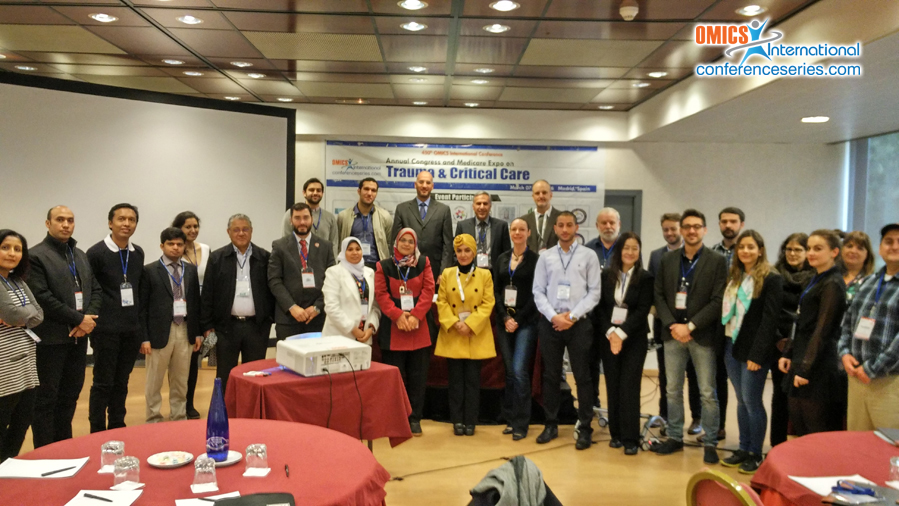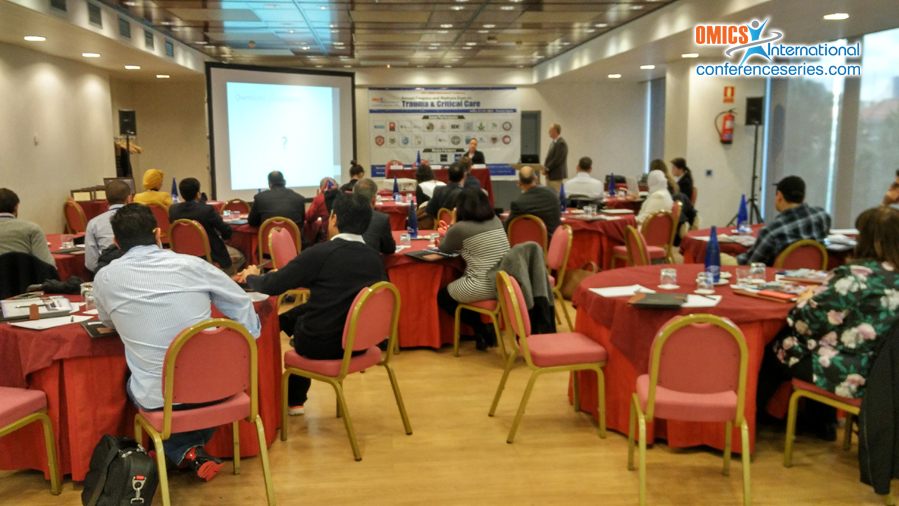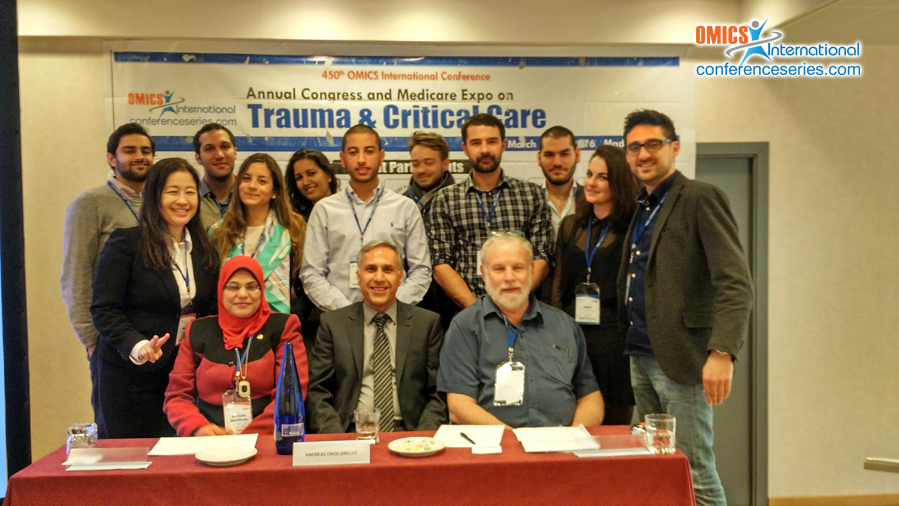
Hassan Ravari
Mashhad University of Medical Sciences, Iran
Title: Causes and outcome of elderly trauma in our general trauma center
Biography
Biography: Hassan Ravari
Abstract
Treatment of the elderly trauma patients in special centers can result in better treatment of potentially fatal injuries and satisfactory conditions at the time of discharge. The mortality rate in elderly trauma patients was reported 15-19%, which is twice as much as trauma patients with younger ages and 80% of spared trauma patients require long-term or permanent care. From September 2013 to August 2015, of 47425 patients who referred to Mashhad general trauma center 19527 patients were admitted according to the cause of trauma and ISS. During the study, 825 injury and trauma patients over 65 years were admitted, 166 of whom expired, which was 24.1% of all expired cases of all ages. There was a significant difference between elderly and other ages for causes of accident, strike of foreign body and quarrel but the difference was not significant for fall, bite, gunshot wound and self- striking. In our study, 2 major causes of trauma in the elderly were accident 52.7% and fall 33.2% . Although, a small proportion of injury and trauma patients as in this study in which 3.4% of those referred and 4.2% of the admitted patients consisted of the elderly, but a great proportion of trauma mortality in this group, which was 24.1%. This can be largely attributed to inattention to the elderly during driving and crossing streets, which are potential dangers for the well- being of the elderly. In conclusion, to decrease the mortality rate of this age group, extensive association of general surgeons, neurosurgeons, internist and orthopedist are required. Hospitalization of these patients in special units with skilled nurses can diminish the mortality rate. So, multidisciplinary special triage protocols, managements and discharge planning are needed.



